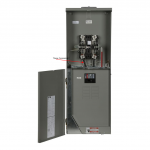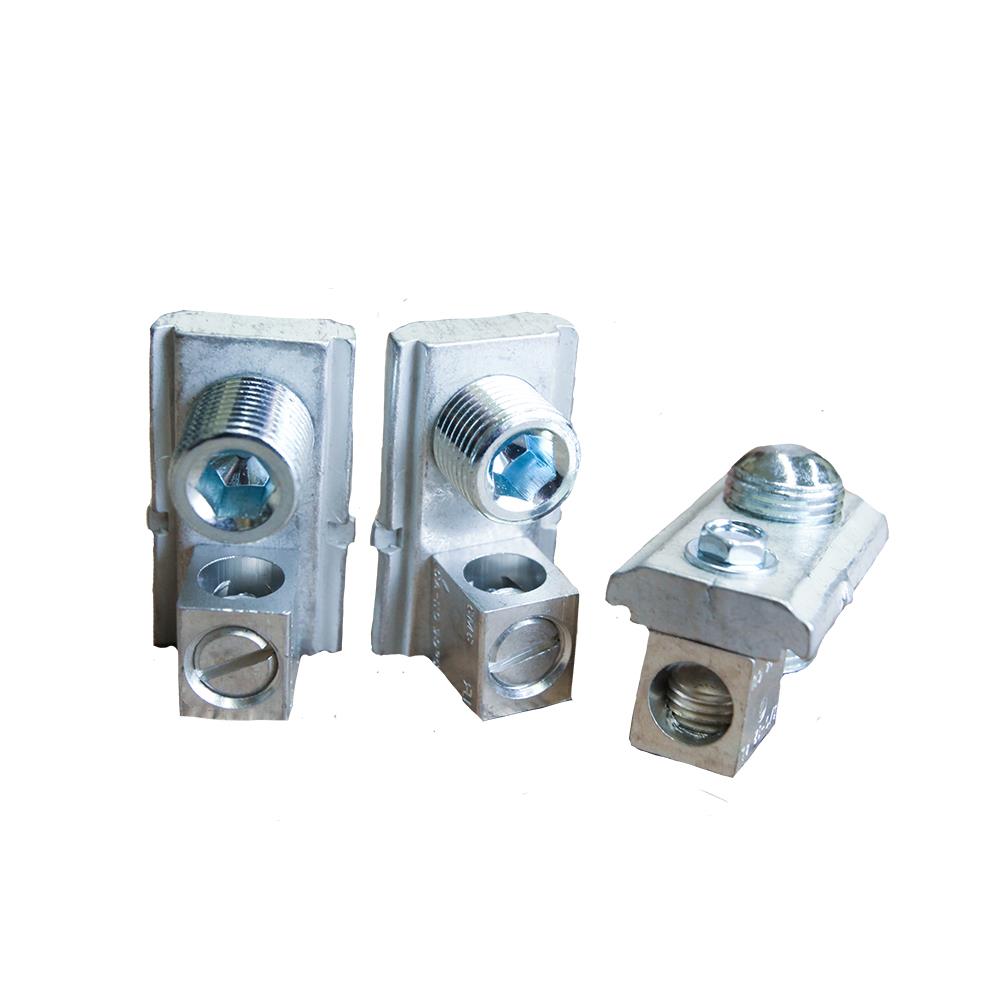MJRobinson
Member
- Location
- Chico, CA, USA
We have two AHJ's in our area that are "shutting down" line-side taps in non-solar-ready service panels.
This requirement of let's say "Eaton" to give us a letter stating we can tap inside a panel, Eaton won't write a letter.
This looks like they are saying we can do a tap, only on "Solar Ready", without putting that in writing.
I understand there are "Solar Ready" panels that can handle up to 70A, but we have an approved permit with the tap listed and are trying to connect 95A.
After the fact, the inspector is giving us this requirement. He is citing:
How are we going to tap 95A to a 200A Eaton panel and still make this work under 110.3(B)?
or are we stuck with increasing load side panel to reach the 120% rule?
Thoughts on this?
Michael
We do allow line side taps installed within CA Electric Code compliance. In this instance, it is unknown if the electrical equipment manufacturer or listing agency allows the use of the specific piercing tap connectors or Polaris within the panel enclosure without voiding the original listing. I did not see any indication on the panel label/specs stating such. The request was to obtain written verification from the manufacturer or listing agency or equal.
This requirement of let's say "Eaton" to give us a letter stating we can tap inside a panel, Eaton won't write a letter.
This looks like they are saying we can do a tap, only on "Solar Ready", without putting that in writing.
I understand there are "Solar Ready" panels that can handle up to 70A, but we have an approved permit with the tap listed and are trying to connect 95A.
After the fact, the inspector is giving us this requirement. He is citing:
We do allow line side taps installed within CA Electric Code compliance.
Cited reference:
2016 CA Electric Code Article 110.3(B)
How are we going to tap 95A to a 200A Eaton panel and still make this work under 110.3(B)?
or are we stuck with increasing load side panel to reach the 120% rule?
Thoughts on this?
Michael




